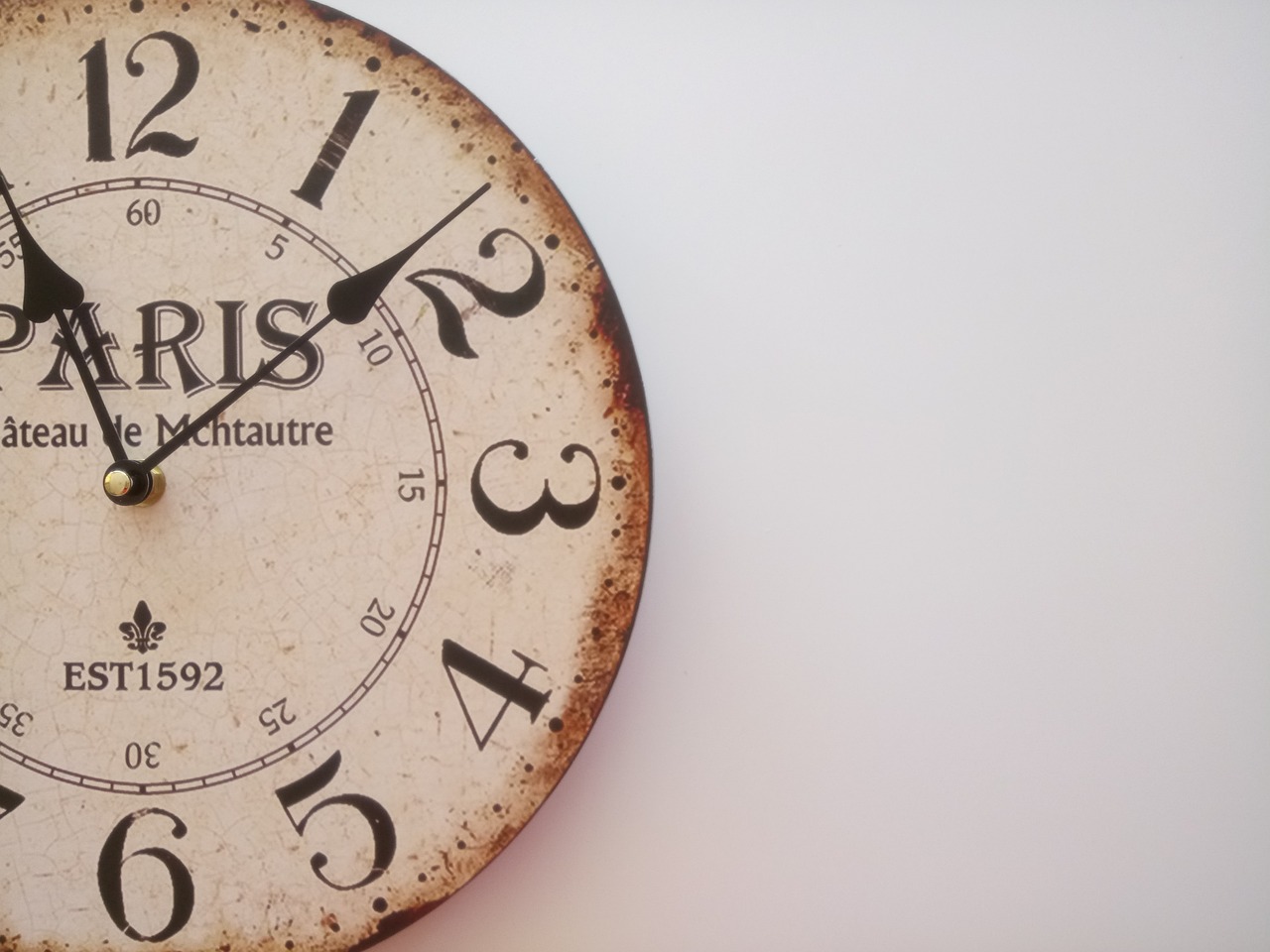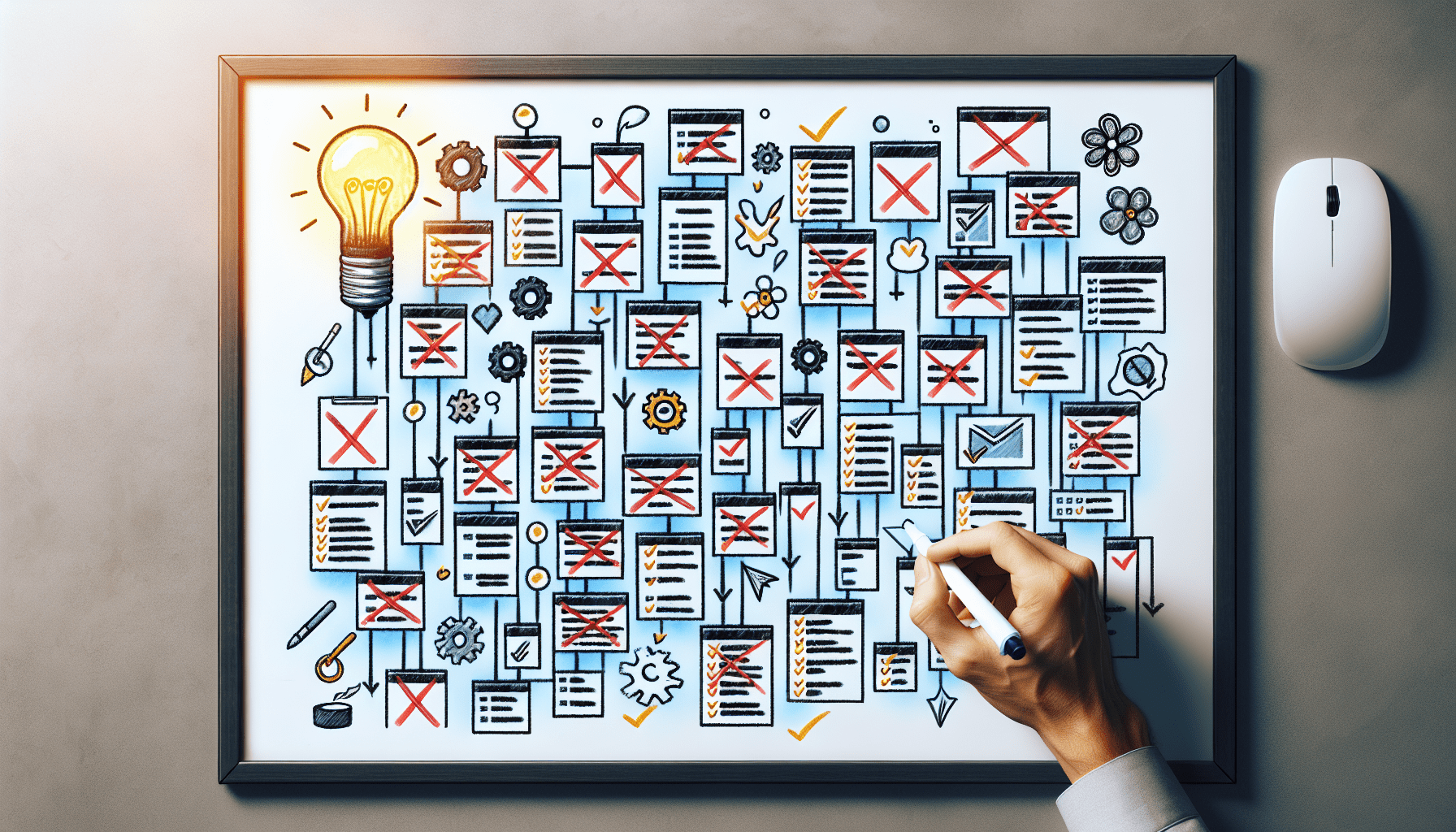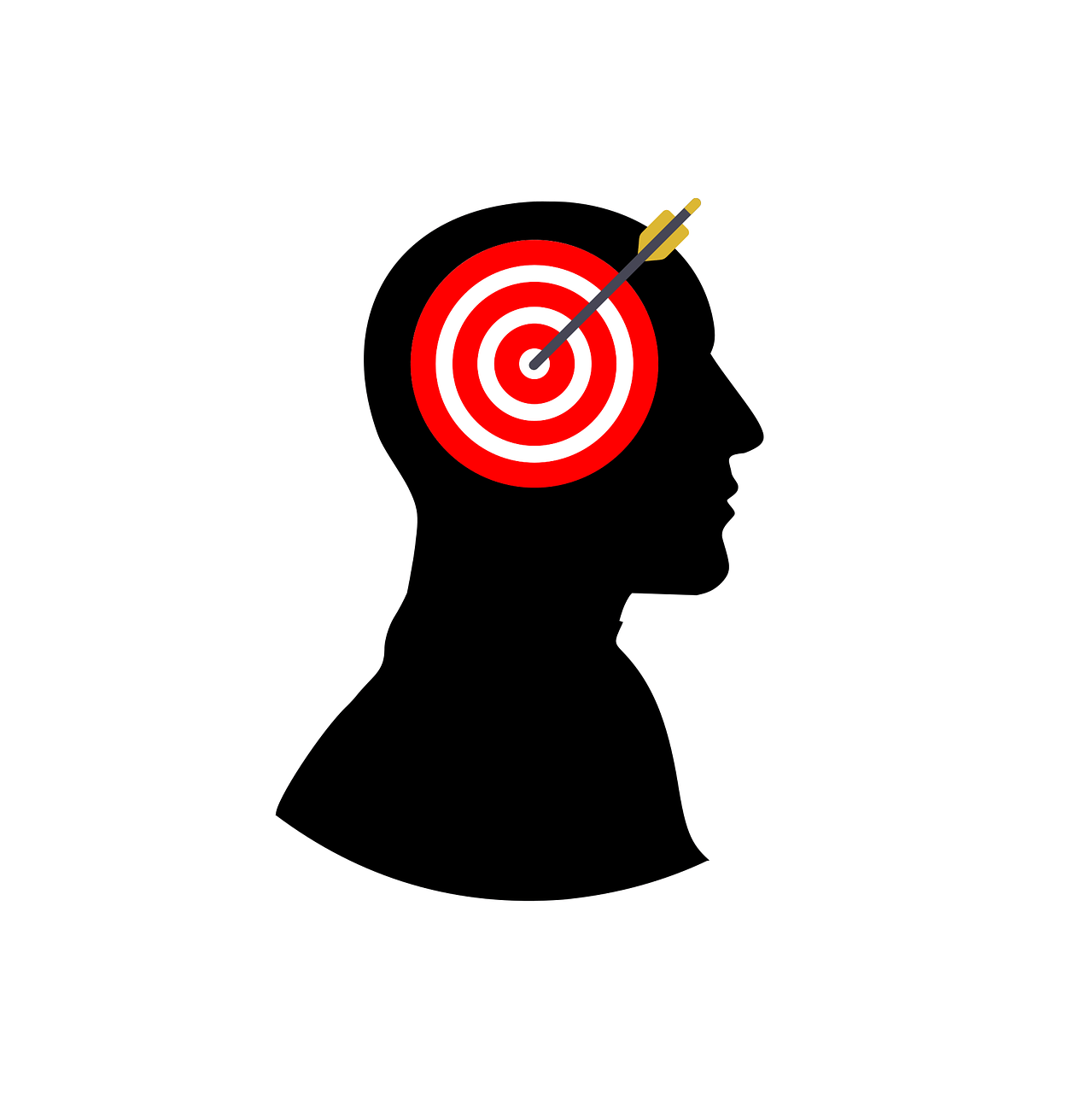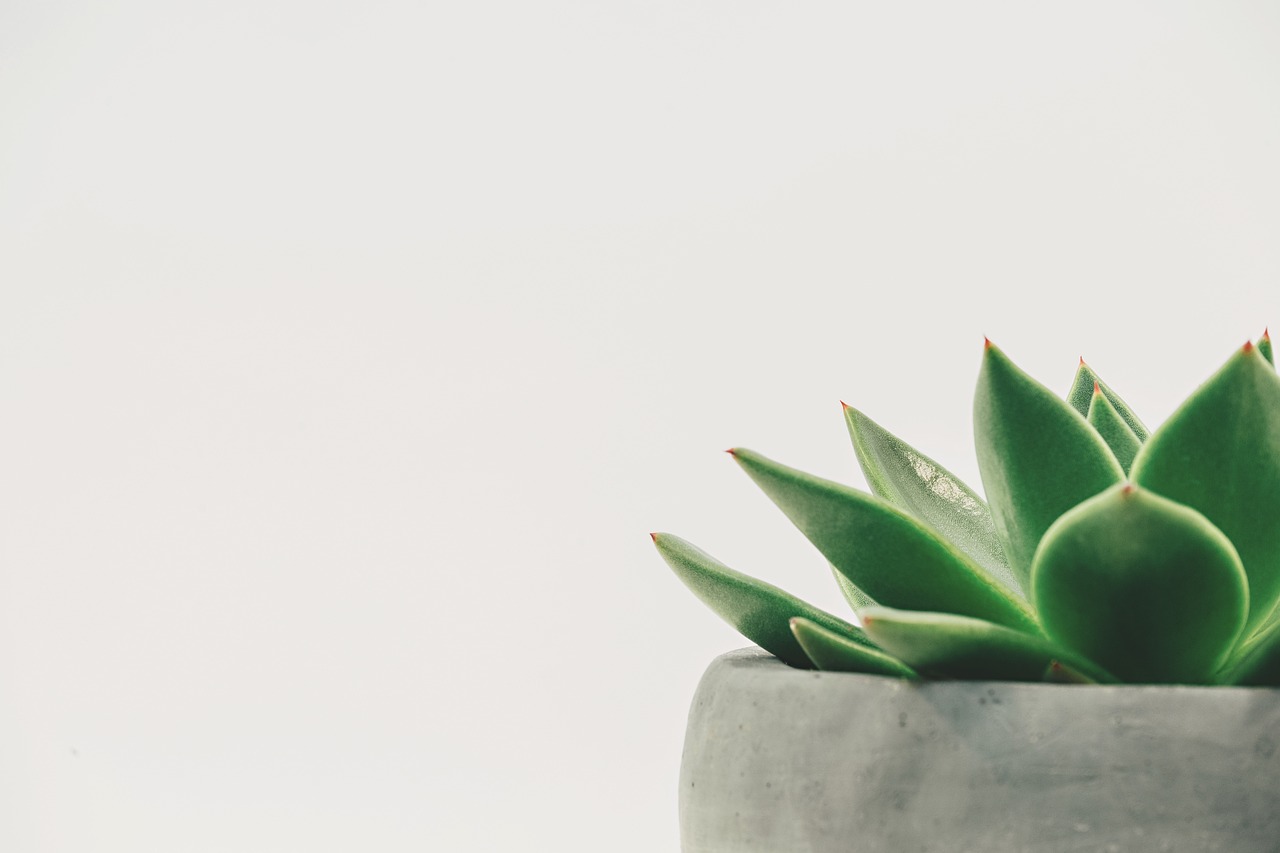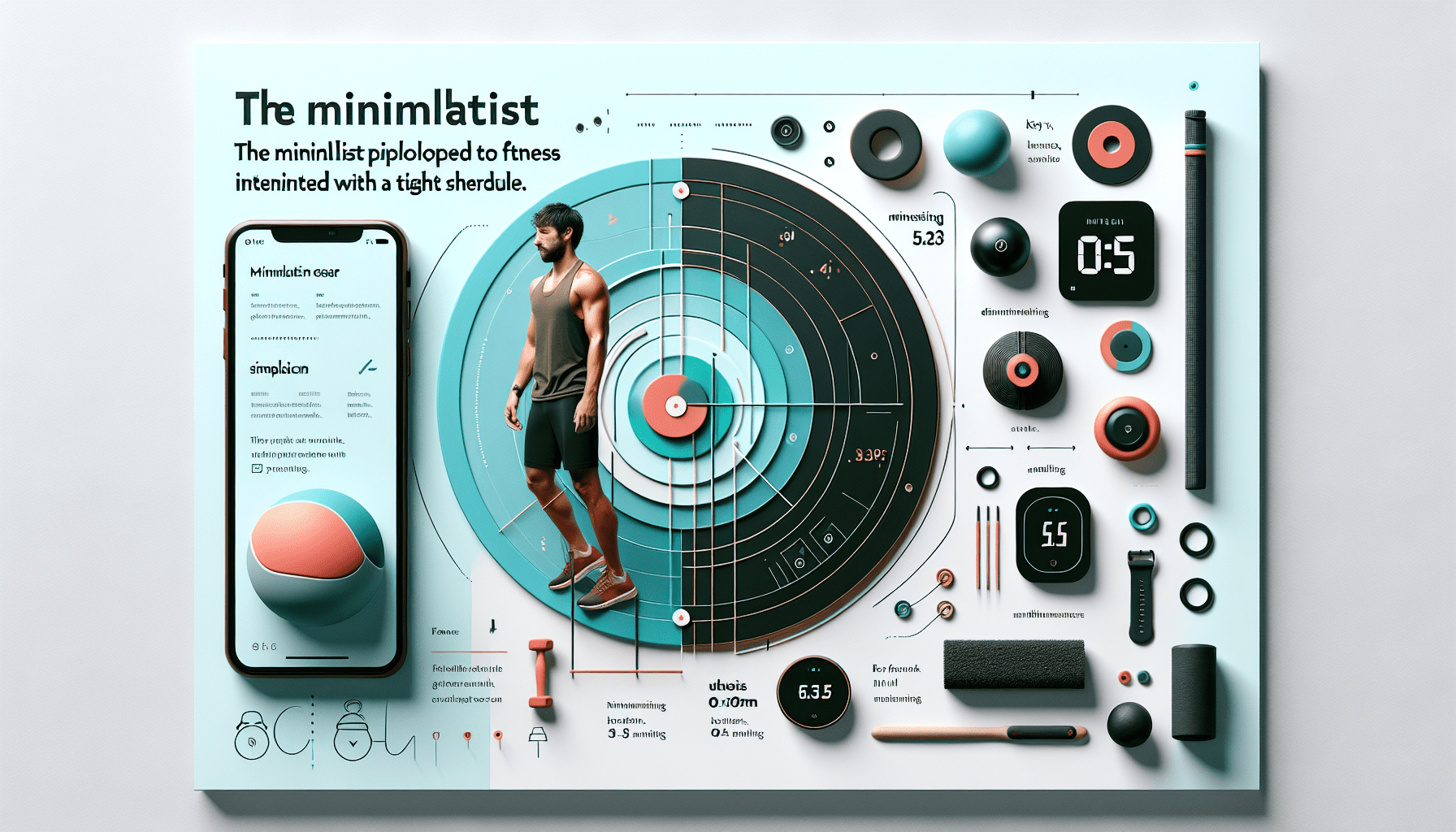
Present Moment Mastery: Techniques For Staying Grounded In The Here And Now
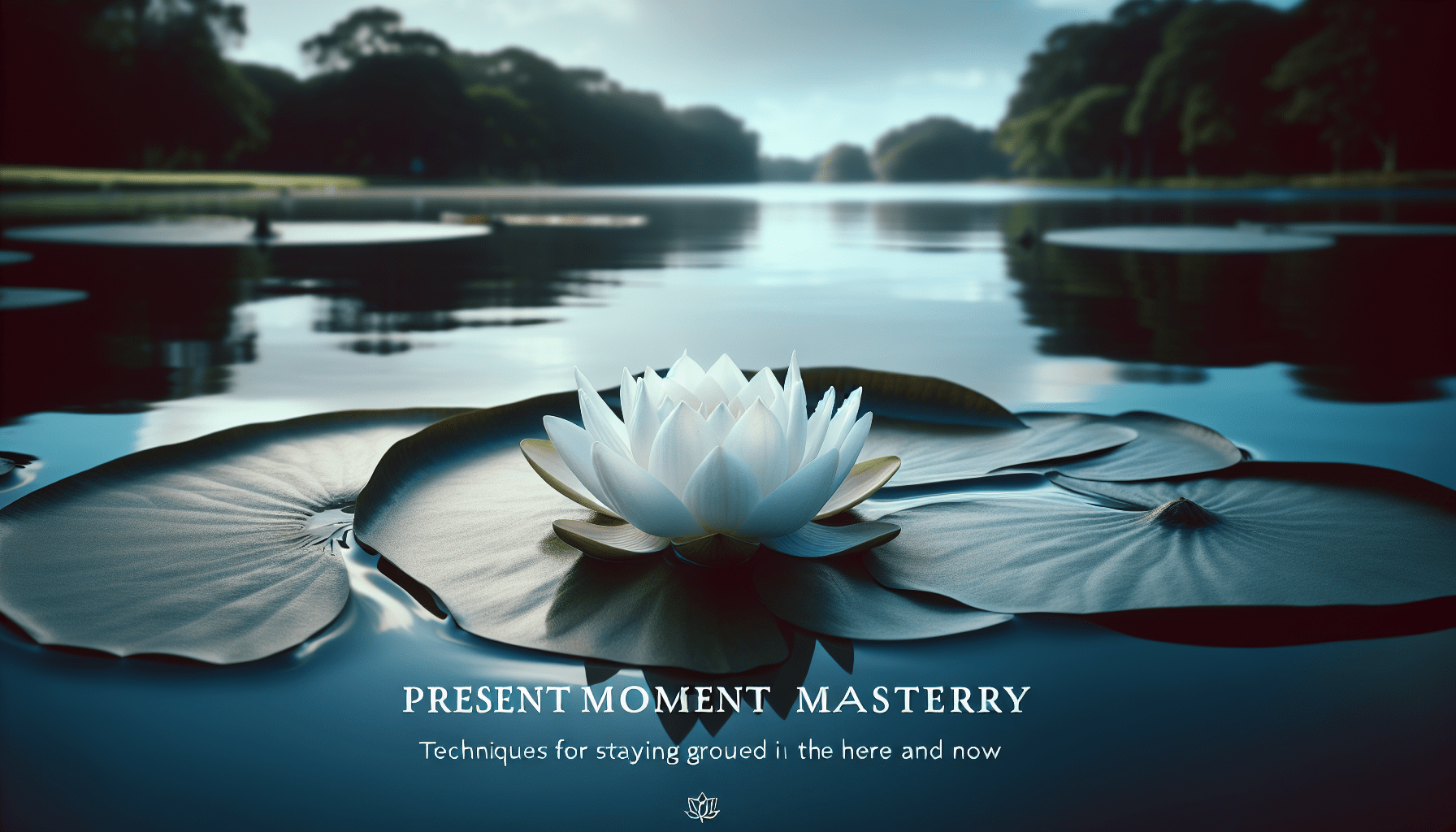
Are you constantly finding yourself caught up in the worries of the past or the anxieties of the future? In a world that is constantly pulling our attention in every direction, it can be challenging to stay present and grounded in the here and now. However, by mastering a few simple techniques, you can cultivate a sense of present moment awareness that can bring you greater peace and fulfillment. In this article, we will explore practical strategies that will help you stay rooted in the present, allowing you to fully embrace each moment with clarity and joy.
1. Mindfulness Meditation
– Definition and explanation of mindfulness meditation
Mindfulness meditation is a practice that involves focusing your attention on the present moment, without judgment. It is about being fully aware of your thoughts, sensations, and emotions in the here and now, without getting caught up in the past or future. The goal of mindfulness meditation is to cultivate a sense of calm, clarity, and non-reactivity to the thoughts and feelings that arise in your awareness.
– Benefits of practicing mindfulness meditation
Practicing mindfulness meditation offers numerous benefits for your mental, emotional, and physical well-being. Firstly, it can reduce stress and anxiety by helping you develop a greater sense of relaxation and inner peace. It also improves your ability to concentrate, which can enhance your productivity and focus. Moreover, mindfulness meditation has been shown to strengthen your immune system, lower blood pressure, and improve sleep quality. Additionally, it can help increase self-awareness and promote a more positive outlook on life.
– Step-by-step guide on how to practice mindfulness meditation
- Find a quiet and comfortable space where you can sit or lie down without distractions.
- Close your eyes and take a few deep breaths to relax your body.
- Bring your attention to your breath, noting the sensation of your inhales and exhales.
- Whenever your mind wanders, gently guide your focus back to your breath.
- Notice any thoughts, feelings, or sensations that arise without judgment.
- Allow yourself to fully experience each moment as it unfolds, with curiosity and acceptance.
- Practice for a few minutes initially, gradually increasing the duration as you become more comfortable.
2. Breathing Techniques
– Importance of deep breathing for staying present
Deep breathing is an essential tool for staying present because it anchors you in the sensations of your body and brings your attention to the present moment. When you take slow, deep breaths, you engage your diaphragm and activate your body’s relaxation response, which helps reduce stress and tension.
– Different breathing exercises to try
- Diaphragmatic breathing: Place one hand on your abdomen and take deep breaths, feeling your abdomen rise and fall with each inhale and exhale.
- Box breathing: Inhale for a count of four, hold your breath for a count of four, exhale for a count of four, and hold your breath again for a count of four. Repeat this pattern several times.
- 4-7-8 breathing: Inhale through your nose for a count of four, hold your breath for a count of seven, and exhale through your mouth for a count of eight. Repeat this cycle four times.
– Tips for incorporating deep breathing into daily life
To make deep breathing a habit, you can try the following tips:
- Set reminders on your phone or computer to take a few minutes for deep breathing throughout the day.
- Take deep breaths before and after important activities or meetings to create a sense of calm and focus.
- Practice deep breathing while engaging in everyday tasks such as driving, cooking, or waiting in line.
- Use guided meditation apps or videos that include deep breathing exercises as part of their mindfulness practices.
3. Body Scan
– Explanation of body scan technique
The body scan technique is a form of mindfulness practice that involves systematically bringing your attention to different parts of your body. It helps you develop a greater awareness of bodily sensations and promotes relaxation by releasing tension held in various areas.
– How to perform a body scan
- Get into a comfortable position, either lying down or sitting with your back straight and your feet flat on the ground.
- Close your eyes and bring your attention to your breath for a few moments to ground yourself.
- Begin to shift your attention slowly from your head all the way down to your toes. Notice any sensations or areas of tension as you move through each body part.
- If you come across any areas of discomfort or tension, breathe into them and visualize the tension melting away.
- Take your time as you scan through your entire body, bringing a sense of curiosity and acceptance to each sensation.
- Once you have completed the scan, take a moment to appreciate the overall sensations in your body.
– Benefits of regularly practicing body scan
Regularly practicing the body scan technique can have several benefits. It helps you become more aware of the physical sensations in your body, allowing you to notice tension or discomfort early on. By consciously releasing tension during the body scan, you can experience greater relaxation and decrease physical stress. Moreover, this technique can improve your bodily awareness and foster a deeper connection between your mind and body.
4. Sensory Awareness
– Using your senses to anchor yourself in the present moment
Sensory awareness is a technique that involves using your senses to anchor yourself in the present moment. By intentionally paying attention to the sights, sounds, smells, tastes, and physical sensations around you, you can bring your focus to the present and enhance your overall sensory experience.
– Strategies for enhancing sensory awareness
-
Engage your senses: Take a moment to consciously notice the details of your surroundings. Observe the colors, shapes, and textures in your environment. Listen to the sounds around you, noticing their volume and quality. Pay attention to any scents that are present, and savor the flavors of the food you eat.
-
Mindful eating: While eating, slow down and savor each bite. Notice the texture, temperature, and taste of the food. Take time to chew thoroughly and pay attention to the flavors as they change.
– How to practice sensory mindfulness in different situations
You can practice sensory mindfulness in various situations throughout your day:
- During a nature walk, focus on the colors of the plants, the sound of birds chirping, and the feeling of the breeze on your skin.
- While taking a shower, pay attention to the warmth of the water, the scent of the soap, and the sensation of the water against your skin.
- When having a conversation with someone, really listen to their words and observe their facial expressions and body language.
5. Letting Go of Distractions
– Identifying common distractions that pull our attention away from the present moment
Common distractions that can pull our attention away from the present moment include:
- Technology: Constant notifications, social media, and emails can interrupt our focus and keep us disconnected from the present.
- Worries about the future: Excessive planning, anxiety about what might happen, and overthinking about the future can divert our attention from the present.
- Regrets about the past: Ruminating over past mistakes, dwelling on regrets, and replaying memories can prevent us from fully engaging with the here and now.
– Techniques for letting go of distractions and refocusing on the present
- Mindful awareness: Notice when you become distracted and gently bring your attention back to the present moment without judgment.
- Setting boundaries: Establish boundaries with technology by designating specific times for checking emails and social media. Turn off notifications during focused tasks.
- Thought labeling: Label distractions as “thinking” or “worrying” to create distance and reduce their power over your attention.
– Creating a distraction-free environment for improved focus
Creating a distraction-free environment can enhance your ability to stay present. Consider implementing the following strategies:
- Find a quiet space: Create a designated area where you can minimize noise and interruptions.
- Declutter your physical space: Remove unnecessary items that can distract your attention.
- Set intentions: Before starting a task, clarify your priorities and commit to staying present.
6. Gratitude Practice
– The power of gratitude in staying grounded in the present
Gratitude is a powerful practice that helps you focus on the positive aspects of your life and cultivate a sense of appreciation for the present moment. By actively recognizing and expressing gratitude, you shift your mindset from lacking to abundance, fostering contentment and joy.
– Different gratitude exercises to cultivate appreciation
- Gratitude journaling: Write down three things you are grateful for each day. Focus on the small things as well as the big ones.
- Gratitude letters: Write a letter expressing your gratitude to someone who has had a positive impact on your life. Consider sharing it with them.
- Gratitude walk: Take a walk in nature and notice the beauty around you. In your mind or aloud, express gratitude for the sights, sounds, and experiences you encounter.
– Incorporating gratitude into daily routine
To incorporate gratitude into your daily routine, try these suggestions:
- Start and end the day with a grateful mindset by reflecting on what you are thankful for.
- Practice mindfulness during routine activities, such as brushing your teeth or preparing meals, and use those moments to cultivate gratitude.
- Share your gratitude with others by expressing appreciation for their presence or actions.
7. Setting Intentions
– Understanding the importance of setting intentions for staying present
Setting intentions is a powerful practice that helps you direct your attention and energy towards what truly matters to you. By setting clear and meaningful intentions, you become more conscious of your actions and choices, allowing you to stay present in the present moment.
– Steps for setting clear and meaningful intentions
- Reflect on your values and what is important to you in the present moment.
- Identify one or two areas of focus that align with your values.
- Phrase your intentions positively, using language that inspires and motivates you.
- Write down your intentions and review them regularly to stay connected to your purpose.
– Tips for staying committed to your intentions
To stay committed to your intentions, consider the following tips:
- Create a visualization board or reminder of your intentions to keep them visible.
- Seek social support by sharing your intentions with a trusted friend or family member.
- Celebrate small victories and milestones along the way to reinforce your commitment.
8. Cultivating Mindful Habits
– How to develop mindful habits for staying present throughout the day
Developing mindful habits is a powerful way to stay present throughout the day. Here are some strategies to cultivate mindful habits:
- Start small: Choose one habit at a time to focus on, such as taking deep breaths before starting a new task.
- Consistency is key: Practice your chosen habit regularly until it becomes automatic and natural.
- Anchor your habit to an existing routine: Link your mindful habit to an existing habit or daily activity, such as practicing deep breathing while waiting for your morning coffee to brew.
– Examples of mindful habits to incorporate into daily life
Here are some examples of mindful habits you can incorporate into your daily life:
- Take short breaks to stretch and breathe deeply between tasks.
- Practice mindful eating by slowing down, savoring each bite, and fully engaging with the experience of eating.
- Prioritize a few minutes of solitude and quiet reflection each day.
– Overcoming challenges in building and maintaining mindful habits
Building and maintaining mindful habits can sometimes be challenging. Here are some techniques to overcome common obstacles:
- Start with achievable goals and gradually increase the difficulty as you establish the habit.
- Use reminders, such as scheduling notifications or setting alarms, to prompt you to engage in the desired habit.
- Practice self-compassion and embrace setbacks as opportunities for growth rather than as failures.
9. Mindful Eating
– The concept of mindful eating and its benefits
Mindful eating is about paying full attention to the process of eating, engaging all your senses, and savoring each bite. It involves slowing down and being fully present, without judgment or distraction. The benefits of mindful eating include improved digestion, enhanced enjoyment of food, and a healthy relationship with eating.
– Techniques for bringing mindfulness to meals
- Slow down: Take your time to eat, savoring each bite and noticing the flavors and textures of your food.
- Engage your senses: Pay attention to the colors, smells, and sounds of your meal. Chew slowly and notice the changing tastes and sensations.
- Practice gratitude: Before starting your meal, take a moment to express gratitude for the nourishment and the efforts put into its preparation.
– Mindful eating exercises and tips for promoting a healthy relationship with food
To promote a healthy relationship with food, you can try the following exercises and tips:
- Keep a food journal to track your eating patterns and become more aware of your hunger and fullness cues.
- Eat without distractions, such as turning off the TV or putting away your phone, to fully focus on the eating experience.
- Listen to your body’s signals of hunger and fullness, eating when you are physically hungry and stopping when you are satisfied.
10. Practicing Acceptance
– The role of acceptance in present moment mastery
Acceptance is an important aspect of present moment mastery. It involves acknowledging and embracing the reality of each moment without resistance or judgment. By practicing acceptance, you can free yourself from the burden of constantly seeking to change or control the present moment, allowing for greater peace and contentment.
– Strategies for embracing and accepting the present moment as it is
To embrace and accept the present moment, consider these strategies:
- Cultivate non-judgmental awareness: Practice observing your thoughts, emotions, and sensations without labeling them as good or bad.
- Open yourself to experience: Allow yourself to fully feel and experience whatever arises in the present moment, without trying to change or suppress it.
- Practice self-compassion: Treat yourself with kindness and understanding, recognizing that it is natural for your mind to wander or for challenges to arise.
– Tools for cultivating a mindset of acceptance
Here are some tools to help cultivate a mindset of acceptance:
- Meditation: Regular meditation practice can train your mind to be more accepting and non-reactive to the fluctuations of your thoughts and emotions.
- Positive affirmations: Use affirmations that emphasize acceptance, such as “I accept myself and the present moment as they are.”
- Daily reminders: Place visual reminders, such as post-it notes or wallpapers on your devices, that encourage acceptance and bring your attention back to the present moment.
In conclusion, present moment mastery is a skill that can be cultivated through various techniques, such as mindfulness meditation, breathing techniques, body scans, sensory awareness, letting go of distractions, gratitude practice, intention setting, cultivating mindful habits, mindful eating, and practicing acceptance. By incorporating these practices into your daily routine, you can deepen your connection to the present moment, enhance your well-being, and experience greater joy and fulfillment in life. As you explore these techniques, remember to approach them with an open mind and a sense of curiosity, allowing yourself to fully engage in the process of staying grounded in the here and now.

